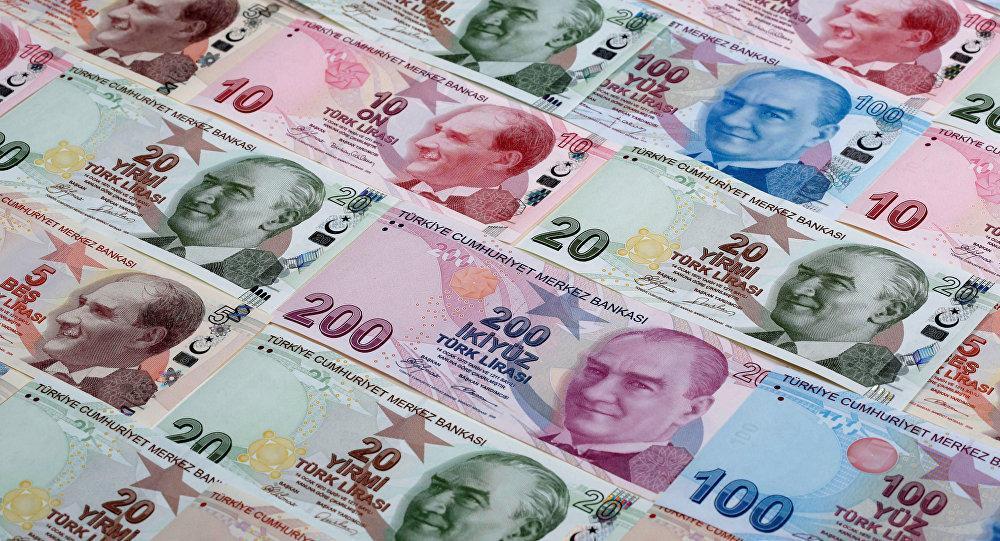
How do developed economies maintain their low interest rates?
The Taylor rule is a mathematical formula developed by American economist John Taylor to help central banks set short-term interest rates based on economic conditions and inflation. Its aim is to help central bankers make rational monetary policy decisions. In this sense, it acts as an objective benchmark by setting the optimal rate that balances inflation and growth targets. An important point concerning this rule-based calculation is that it follows a long-term equilibrium approach. Consequently, it might not be a suitable measure for emergencies where Central Banks are facing external speculative pressures. Neither is basing decisions on a single measure always appropriate since governments ask central banks to achieve diverse (and sometimes conflicting) goals such as fighting inflation, promoting growth, coordinating economic policy with G20 countries, and protecting the financial system. Moreover, the time horizon is another important aspect to take into consideration. For example, managing short-term situations might force central bankers to pursue tactical policies that diverge from long-term objectives. In sum, the task of a Central Banker is not an easy one in the current Bretton Woods world.
When we make a brief comparison of interest rates in selected countries including Turkey, we find that there are interesting similarities and differences across economies. The table below presents the different economic aspects such as current account, inflation, unemployment, interest rate according to the Taylor estimate, current interest rates, etc. The last column, “Difference: Current Rate-Taylor Estimate”, clearly demonstrates an interesting phenomenon: In all these countries, the interest rates are lower than they should be according to the Taylor estimate. For instance, Taylor estimate recommends an interest rate of 3.10 for Eurozone, whereas the current base rate set by ECB stands at zero.~Since the 2008 crisis, central Banks have used this “low-interest rate policy” to solve deep-rooted problems and there are many reasons for this. In the case of the USA and the Eurozone for example, there is the desire to achieve strong GDP growth rates while keeping crisis-hit banks afloat. Additionally, Japan and Switzerland have kept their interest rates low to prevent their currencies from over-appreciating.

Why is this low-interest strategy working for these countries but not for Turkey? Because the Turkish case is different. Even though Turkey handled the 2008 crisis very well, it did not root out some of the economic imbalances fully. For example, what makes things difficult for the Turkish Central Bank is the uncertainty emanating from the current account deficit. Unlike other countries that enjoy a current account surplus, Turkey has a chronic current account deficit problem. Due to factors such as import/export imbalances, energy dependence, and insufficient domestic savings, Turkey needs short-term foreign funding to finance its economic activities. If Turkey had a current account surplus, the country would be much more resilient against speculators and foreign players. Like other countries, we could also enjoy lower interest rates.
The “Current Account” problem has persisted in Turkey since the 1980s: While Central Bank policies might alleviate the problem, the solution lies in transitioning away from consumption-based growth towards export-focused industrialization and growth policies. While a lot of structural transformations remain to be made, Turkey has already taken important steps with long-term projects to do with self-sufficiency in the defense sector and the diversification of energy sources. From a social perspective, we also need to increase our savings rate and cut back some of our discretionary spending. Because though we are going through some challenging times there is a light at the end of the tunnel.